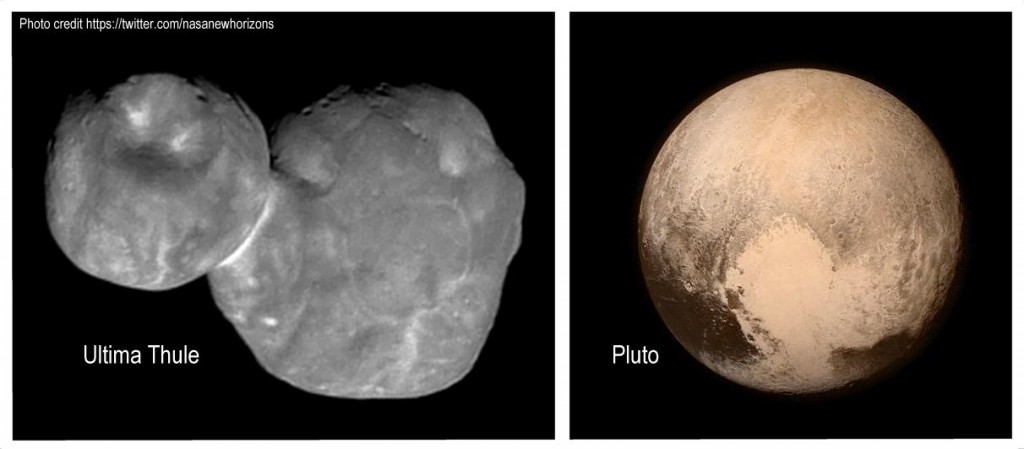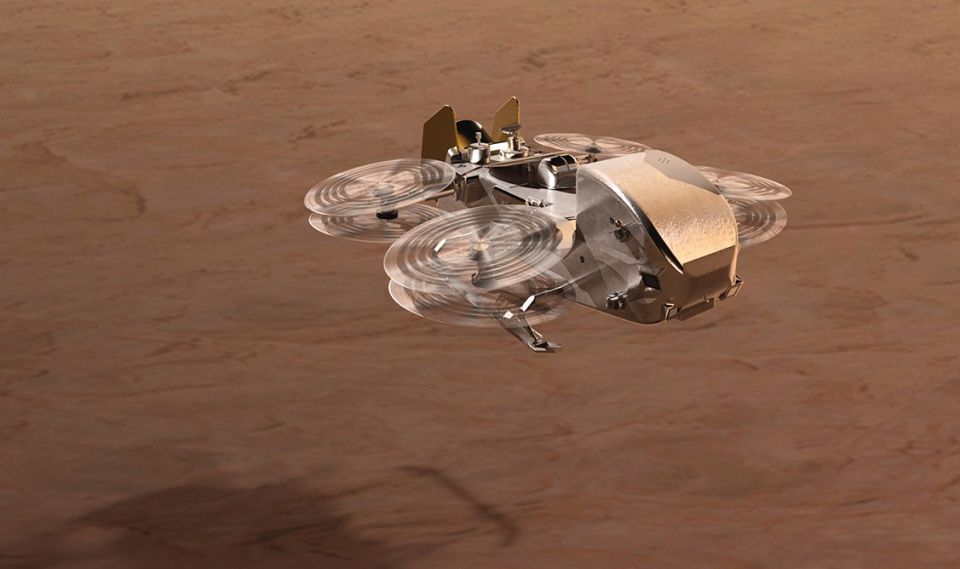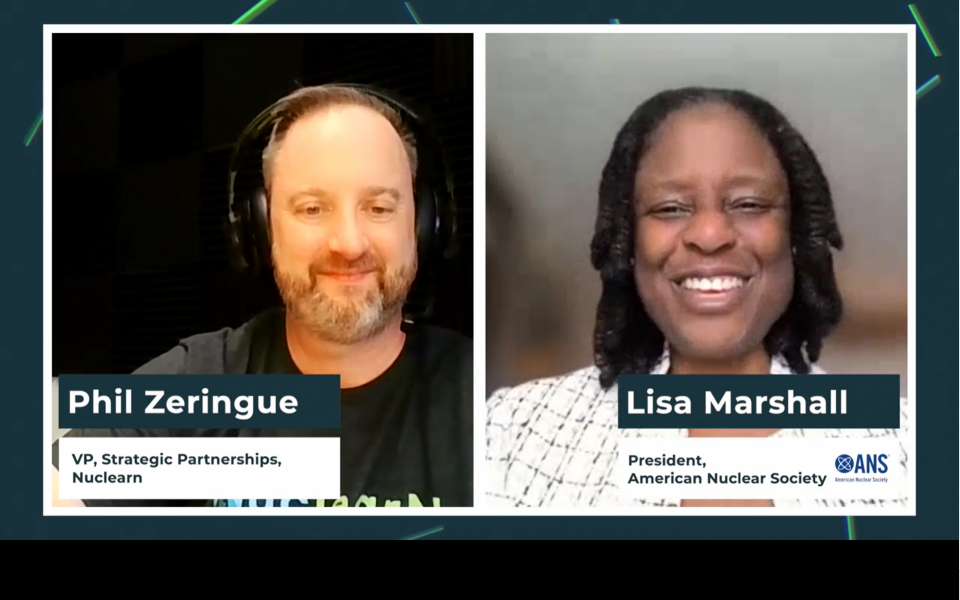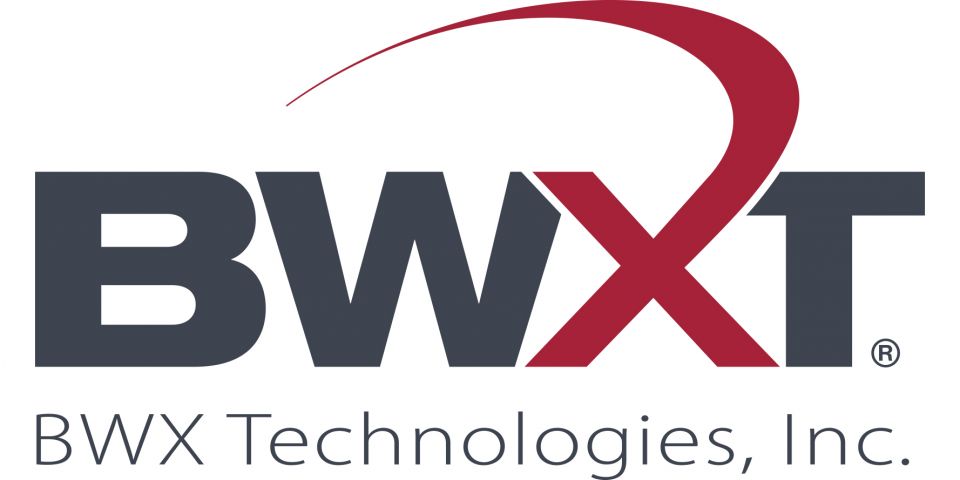Why Nuclear is an Emerging Technology for the Space Economy
Nuclear energy has played a key supporting role in historic missions to Mars, Pluto, and across the Solar System for the last 50 years. On January 1 2019, the nuclear-powered New Horizons flew by the most distant object ever observed up close - Ultima Thule, after it having already flown by Pluto in 2015.

Nuclear energy for space applications is nothing new. The past 50 years have focused on robotic exploration and usually involved providing a few hundred watts for a computer and communication system. However, the next 50 years will involve providing power for human settlements and will require kilowatt and megawatt power systems for life support, propulsion, and industry. While solar is an alternative power source and works well in many locations, nuclear energy is a necessity for locations far from the sun or places like the moon which has long periods of darkness.
The most common type of nuclear technology used today is the Radioisotope Thermal Generator (RTG). RTGs use the heat produced by radioactive material (usually Pu-238) decaying into stable state. RTGs are often called nuclear batteries because they can be modularized almost like AA or AAA batteries. RTGs have played a vital role in robotic science missions including the Curiosity Rover, Cassini, and the Voyager probes. Voyager 1 and 2 have left the Solar System and are still communicating with Earth after over 40 years and billions of miles distance. RTGs will continue to play an important role in science missions such as the Mars 2020 Rover.
However, RTGs will are not suited to supply the kilowatt- and megawatt-scale power needs of future human spaceflight. There is a second type of nuclear energy called fission that can achieve high power density and can scale to power levels capable of supporting human operations.

Nuclear fission requires a "critical mass" of material which means that the reactor needs to be of a certain size before it can generate heat, but once it reaches that critical mass it can produce nearly as much power as desired on demand. Fission power in space is nothing new. In 1965 the SNAP10A space reactor was successfully launched and operated in space. Russia has extensive experience with having launched over 30 fission powered spacecraft. In addition to these space launched systems, there were many ground tests. In the 1960s NASA successfully ground tested over a dozen nuclear rocket engine in a program called NERVA.
More recently in spring of 2018 NASA ground tested the "Kilopower" space fission reactor. The reactor core was cast from a Uranium Molybdenum metal alloy and connected to heat pipes and a Stirling engine in a vacuum chamber. The tests showed great performance and it has prepared the way for a flight prototype to be built. Kilopower has been success if not for no other reason than showing that development of nuclear technology can be cost effective. The entire ground test campaign for Kilopower was completed in three years and on a shoestring total budget of around 20 million dollars.
NASA has also been supporting nuclear rocket development over the last few years. NASA gave 18.8 million dollar contract to BWXT to design and manufacture prototypes of a new, low-enriched uranium fuel element made from a tungsten uranium dioxide cermet. The current house appropriations bill has allocated "$150,000,000 is for continued development and demonstration of a nuclear thermal propulsion system." with similar language in the senate version. While the bill may change, it can be clearly seen that congress is supportive the development of space nuclear technologies.
The Space Renaissance and Nuclear
In the Apollo era, the NERVA and SNAP systems were "easy." Nuclear rockets and power systems were being built. However, as a nation we decided not to continue the arc of human exploration on to Mars after Apollo. Fission-power systems for space were shelved until the time that we chose to go to Mars or to establish permanence on the Moon. For the last 50 years there was no serious impetus for human exploration beyond the orbit of Earth and space fission systems were left on the shelf to collect dust. Yet, in the last decade something has changed, there has been a renaissance in the space launch industry.
Until recently, putting anything into orbit around the Earth was incredibly expensive. Any object orbiting the Earth was worth its weight in 14 karat gold. For example, the International Space Station is the most expensive single object built in modern human history with a cost of around 100 billion dollars. Space travel was strictly in the realm of government because the cost was so great no person or company could afford it.
However, things have changed since the 1960's. The simple fact is that designing, building, and operating complex technology has never been easier. The manufacturing, materials, computer codes are orders of magnitude better than they were in the 1960s. This has dropped the cost of developing space faring capabilities to a level that it is at the fingertips of private companies such as Blue Origin, SpaceX, and even more recently even smaller companies such as Rocket Lab. The commercial space market has been expanding and now is a 380 billion per year industry and on a growth path to be between one and four trillion per year industry by 2040. To put this into perspective, the market for electricity in the U.S. in 2017 was 390 billion. So the "space economy" is now as large as the U.S. energy market and burgeoning.
Jeff Bezos (Blue Origin) and Elon Musk (SpaceX) started their companies with the vision of "millions of people living and working in space" in the next few decades. SpaceX with their Falcon family of launch vehicles has dropped the cost of spaceflight by a factor of 15 and the price continuing to drop as the new Falcon Super Heavy are comes online. For nuclear fission power systems, this is game changing. In the past the launch cost was simply too great to achieve the critical mass requirements. However now that barrier has been removed and launching a multiple ton reactor isn't going to break the bank. What held back humanity from pursuing endeavors beyond Earth orbit was cost, and now that barrier has been relaxed and the gateway to space is open.
NASA has begun to embrace the innovation of the private sector. Using new milestone-based contracting, the Commercial Orbital Transportation Services (COTS) program has been successfully delivering supplies to the space station using SpaceX and Orbital ATK rockets since 2012. In 2019 SpaceX and Boeing are expected to fly astronauts to the space station for the Commercial Crew Program. This marks the first time American astronauts have flown on American rockets since the end of the Shuttle Program - ending the reliance on the Russian Soyuz rocket. In November 2018, NASA announced the selection of several companies for the Commercial Lunar Payload Services program which contract payloads to the Lunar surface. There is an explosion of new capabilities catalyzed by NASA's new approach, and there is a reasonable expectation of commercial demand for these capabilities. The best analogy for rising space industry is the internet in the late 1980's.
The gateway to space is opening, however before we can think about sustainable human presence in space, there critical technologies that are needed to operate beyond the gateway. Nuclear technology is certainly one of the critical technologies. Nuclear fission can rise to meet the needs of commercial and government customers. When humans are ready to live and work in space, nuclear energy must be ready as well. It is time for the SNAP and NERVA technologies to be dusted off and play a role in the future. Michael Griffin, former NASA Director and Undersecretary of the DoD's Research and Development had this to say:
"Where we are with space today is, to my mind, analogous to where we were with open ocean voyaging when what we had was wind power...lots of different technologies converged to make sea power a real thing...the no-brainer will be nuclear power and propulsion."
The Nuclear and Emerging Technology for Space Conference
The Nuclear and Emerging Technologies for Space (NETS 2019) Conference is an annual meeting at the center of the space nuclear sphere. If this topic interests you, I recommend you take a look through the conference website and the program. This year the conference is in Richland, Washington, at the Pacific Northwest National Laboratory's Discover Hall. The conference is open for registration and I encourage all interested parties to join us. You do not need to be an ANS member, but becoming an ANS member saves you registration fee money, plus there are many benefits to becoming a Society member. Keep in mind, if you can't make it in person this year, you can watch portions of the meeting online. There will be a livestream feed of the keynote speakers (including an astronaut) and some of the panels on the ANS Facebook page. Hope to see you there!
Dr. Christopher Morrison is an Astro Nuclear Engineer at USNC-Space in Seattle, Washington. His passion for aerospace led him to pursue nuclear energy. He graduated Rensselaer Polytechnic Institute with his Ph.D. in nuclear engineering in 2017. He completed his undergrad at Embry Riddle Aeronautical University in aerospace engineering and computer science in 2012. Chris is a Department of Energy, NEUP-IUP Fellow, Secretary of the Aerospace Division of ANS, and part of the ANS Social Media Team.
Feel free to leave a constructive remark or question for the author in the comment section below.











